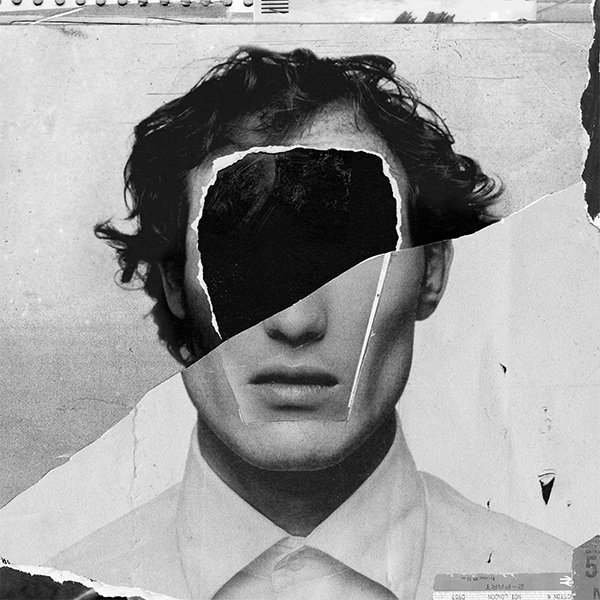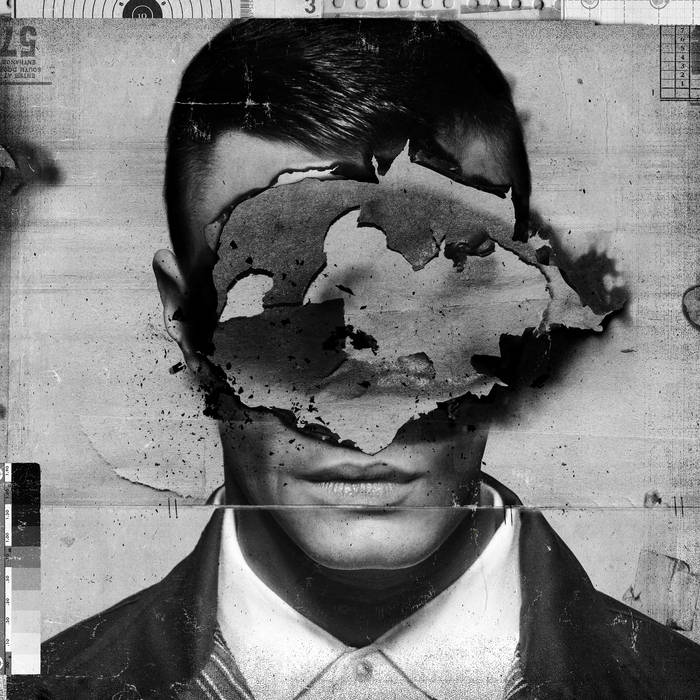|
|
|
Leeds College of Art
BA (Hons) ILLUSTRATION
|
Level
|
04
|
|
OUIL406 Visual Communication
|
Credits
|
20
|
|
End of Module Self Evaluation
|
||
|
NAME
|
Christopher
Cooper
|
|
1. What have you learn about visual
communication during this module and how effectively do you think you have
applied these ideas?
|
|||||
|
The main point learnt about
visual communication is that content is without doubt the most important
aspect of successfully communicating ideas. By this I mean that, despite
everyone being given the same briefs, it was all about researching and generating
our own content which in turn could then be boiled down into a few key ideas
and concepts which we would be attempting to convey through our work. This
has highlighted to me that the process of both visual communication and well
as the creative practice in general is something that should be individually
driven to reflect your own desired intent.
In terms of actually communicating
content the main point I repeatedly found myself coming back to, particularly
when things weren't working, was that less is usually more when trying to
convey meaning. Essentially if you can effectively reduce your images down to
only the essential information that they need to say, the result will usually
be something much more effective and concise it its deliverance of a message
as well as giving it a much more memorable and dynamic aesthetic.
|
|||||
|
2. What approaches to/ methods of
image making have you developed and how have they informed your concept
development process?
|
|||||
|
This module has helped me develop
a wide range of methods of image making through the various format requirements,
ie gifs, vectors and images for print, that varied from brief to brief. Although
I found it incredibly difficult and frustrating I think developing my skills
with vectors was particularly useful given their importance in creating
digital work within a professional design context.
Furthermore the various different
formats have forced me to adapt and later both my image making process and
ideas development to their inherent restrictions so as to create work that is
most appropriate to the given format. As state before this has often lead to
a more reductive work process whereby I have tried to make my work say more
with less.
|
|||||
|
3. What strengths can you identify in your work and
how have/will you capitalise on these?
|
|||||
|
As with other modules I think my
willingness to experiment, particularly in the first and third brief as
resulted in a very varied and interesting body of work. However unlike in
previous modules I think the main way I was able to capitalise on this
experimentation was through taking a step back and refining my image making
process into something that translated more effectively into a final outcome.
This has been something of an issue both in this module and others, such as
404 and 405, and which I feel in the final brief: Persons of Note, I was able
to effectively resolve.
|
|||||
|
4. What weaknesses can you identify in your work
and how will you address these in the future?
|
|||||
|
A major issue was the lack of visual consistency in
my first two briefs although it wasn't actually required for the first and I
would argue that exploring different visual aesthetics and images making
processes at the beginning of this module helped me expand my initial skill
set. However with the second brief it was a major pitfall but one that I feel
a addressed in my final brief. This resulted in a set of work that was much
clearer in its conveyed meanings than that of the work produced for Greetings
from.
In general I think my second brief had a lot of
issues, particularly in terms of transferring rougher, hand developmental
work into more refined digital outcomes. More roughing as well as digital
development within Illustrator I feel would solve these issues in the future.
|
|||||
|
5. Identify five things that you will do
differently next time and what do you expect to gain from doing these?
|
|||||
|
Rough more
effectively in all my briefs. This will allow me to transfer developmental
work in to final outcomes more effectively and concisely.
Explore more
types of research, particularly primary. Although I was happy with the level
of research conducted within this module I feel I could have generated more
content and gained a greater in sight by carrying out primary research such
as that which I conducted for Visual Narratives.
Explore
different methods of printing my final out comes. I feel for the last brief
my final out comes would have benefited greatly from being screen printed due
to the subtle textures and inconsistencies the process gives your work.
Be more
ambitious in what I would like to achieve with my final outcomes. This is not
to say that I haven't done so during this module but rather that I feel like
this module has helped me develop and refine a core set of approaches and
techniques to visual communication in terms of image making, idea
development and working within a given
format and that in the future I will be able to independently select and
further push the required formats for a given brief.
Play with
and bend the briefs more towards my own intent as a visual practitioner.
Although I feel like I did this to some extent, much like the above point, I
feel like now that I've established this core skill set and began establish
where I want to be with regards to my own individual creative practice I will
in future be able to better work with briefs to match my own intent which I
think will in turn result it more successful, engaging and original responses
to them.
|
|||||
|
6.How would you grade yourself on the following
areas:
(please indicate using an ‘x’)
5= excellent, 4 = very good, 3 = good, 2 = average,
1 = poor
|
|||||
|
|
1
|
2
|
3
|
4
|
5
|
|
Attendance
|
|
|
X
|
|
|
|
Punctuality
|
|
|
|
X
|
|
|
Motivation
|
|
|
|
|
X
|
|
Commitment
|
|
|
|
X
|
|
|
Quantity of work produced
|
|
|
X
|
|
|
|
Quality of work produced
|
|
|
X
|
|
|
|
Contribution to the group
|
|
X
|
|
|
|
|
The evaluation of your work is an important part of
the assessment criteria and represents a percentage of the overall grade. It
is essential that you give yourself enough time to complete your written
evaluation fully and with appropriate depth and level of self-reflection. If
you have any questions relating to the self-evaluation process speak to a
member of staff as soon as possible.
|
|||||
Notes
































